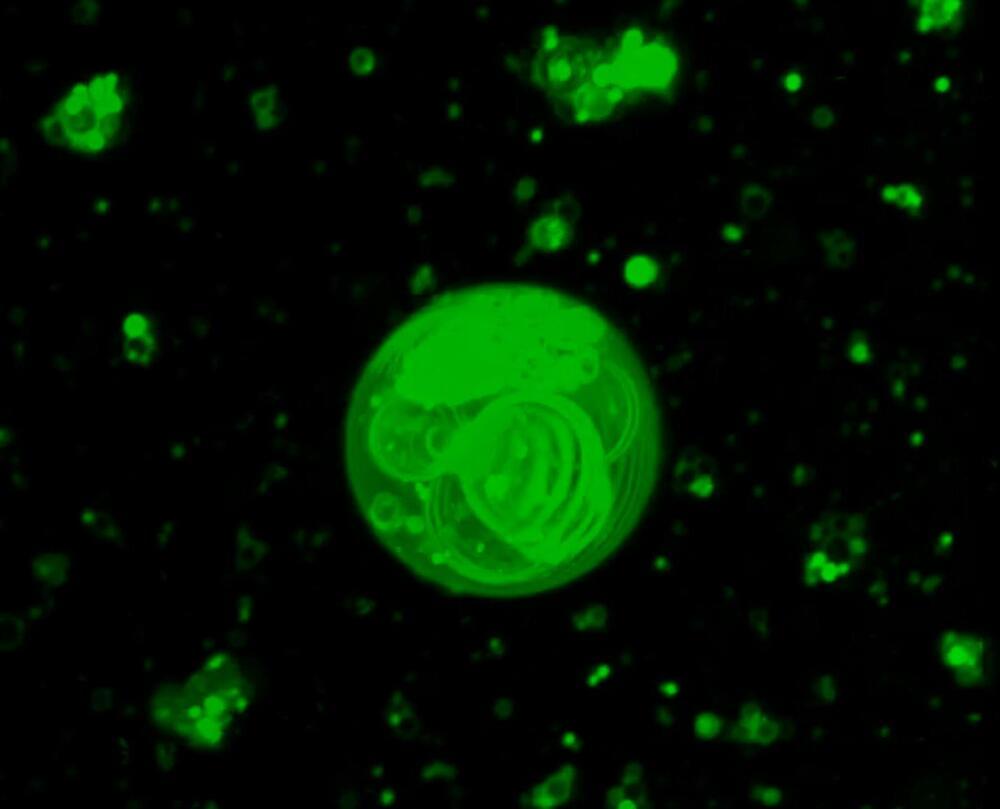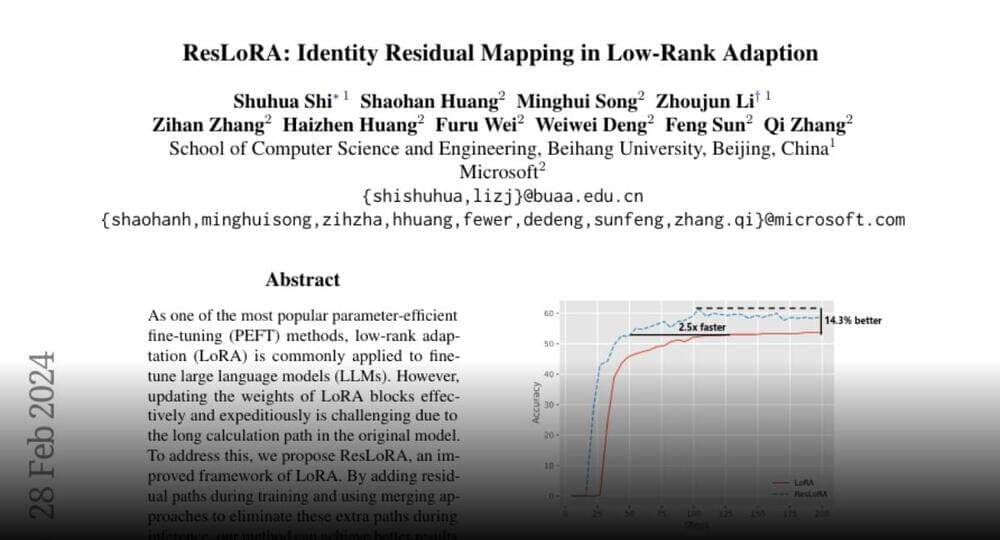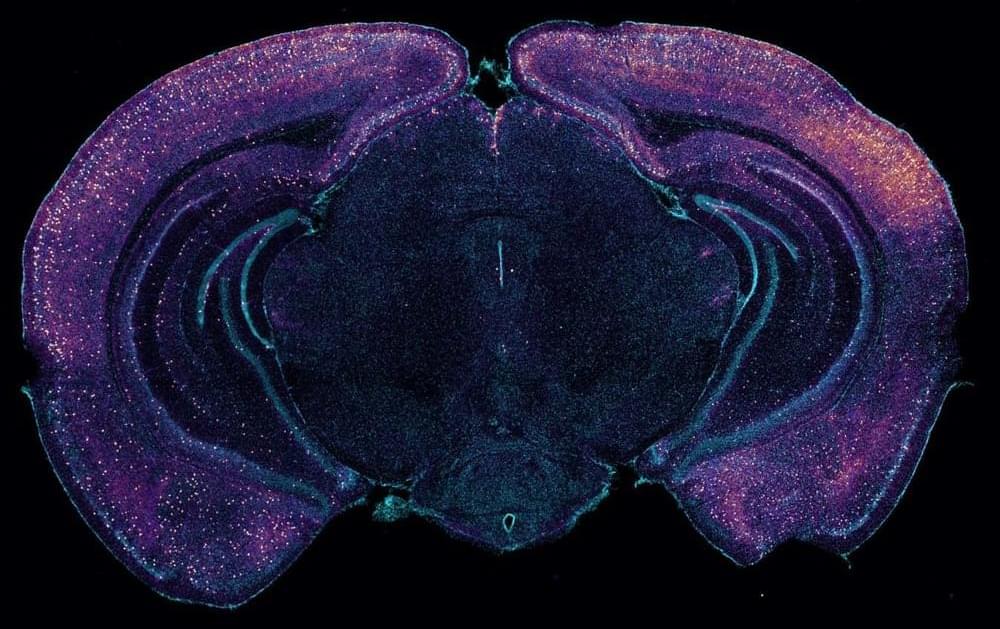Four new astronauts are scheduled to launch to the International Space Station on Saturday (March 2) as part of NASA’s SpaceX Crew-8 mission.
Crew-8, the eighth operational commercial crew mission for NASA, will lift off Saturday at 11:16 p.m. EST (0416 GMT on March 3) from Kennedy Space Center in Florida using the SpaceX Crew Dragon Endeavour spacecraft, situated atop a Falcon 9 rocket. The Crew Dragon spacecraft will then dock with the orbiting lab the following day around 2:10 p.m. EST (1910 GMT).







